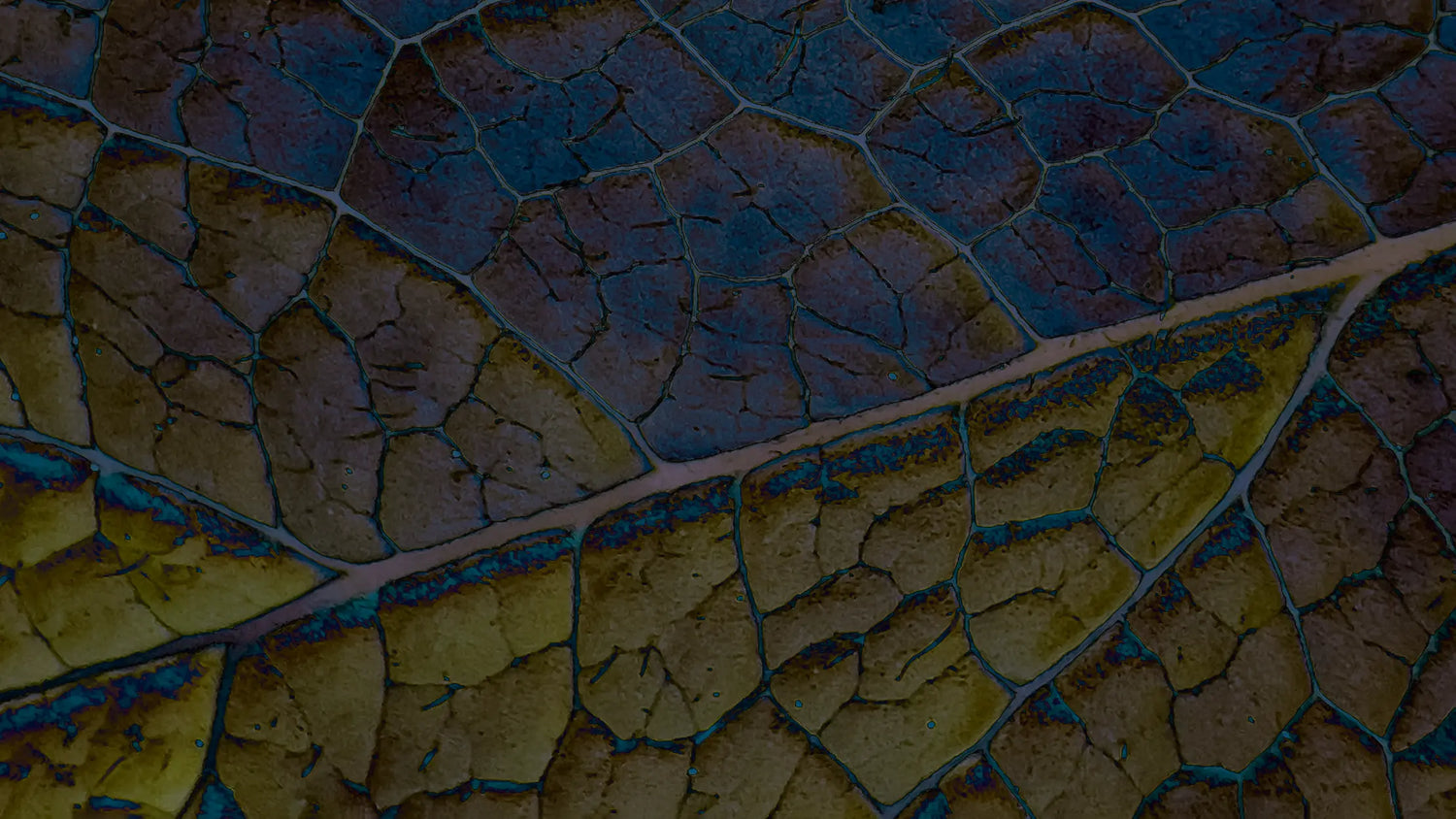Improve your health or simply bathing fun with pure natural power
The history of people and medicinal herbs, wild plants and wild herbs goes back a long way. Back then, we looked for our plants in the immediate area to use them for medicinal purposes, for coloring or as food. It was only when they became settled that we began to specifically cultivate the useful properties of some species and improve them through crossbreeding. In this article we want to take a closer look at the wild plants that have been almost forgotten or pushed back by humans and find out what effect they have or what they can be used for.
We humans decide when, where and which plants grow and how
No matter how different the many plants in this world may be, they all have one thing in common - their vitality! Once a plant has found the right environment, it begins to expand and tries to take up as much space as possible. But that's exactly what doesn't give the gardener any peace, which is why they keep cutting them back, pushing them back and sometimes completely eradicating them. Habitat is also scarce in the plant world and so it is no wonder that they also have to assert themselves against the others. The great diversity of species would probably not be present without humans. And yet a lot of plants literally had to bite the dust.
The medicinal herbs and plants that had to give way to today's cultivated plants and the plants preferred by humans have therefore almost been forgotten. Of course, defining the boundary between wild plants and garden plants is difficult, after all, all garden plants are descended from wild species in some way. But the garden plants would probably not survive long or very successfully in the wild. Which wild plant species live inconspicuously in our forests and have to lead an unknown existence?
The ABC of repressed wild plants
The hazelroot | Asarum europaeum
The hazelroot is at home in European deciduous and mixed forests. He doesn't even need much light to be happy. Just a few years ago it was used to wean alcoholics off alcohol. Today we know that this is not a very good idea because it also damages the liver. It is currently used to cleanse the kidneys and as an emetic. Hazelwort loves moist soil and thrives in dark areas under trees and bushes.
The winter cress | Barbarea vulgaris
The barbarian herb or winter cress is at home throughout Europe and prefers loose and moist substrates. The taste of this wild plant is very similar to watercress. The wild herb also has a lot of vitamin C. It is used in a wide variety of dishes with potatoes, salads, quark dishes and butter. It is a very spicy herb that is often found in ditches, clearings and pastures. It can be particularly effective in a dish after a nice cold bath. (Also read: Take a cold bath | Which bath additive helps with colds?
The wild carrot | Daucus carota
The wild carrot can be found in the meadows and roadsides. It can also be found throughout Europe and moist and loose soil offers the best conditions for a large population. In infusions and baths, wild carrot can have a diuretic effect and relieve intestinal inflammation. However, it plays no role as food. This is mainly because it does not have a uniform taproot and is therefore difficult to grow. (Also read: Find the right bath additive | For summer and winter!
The Adderhead | Echium vulgare
Whether called oxtongue or viper's tongue, this wild plant can be found in European forests in spring. Wherever there are bumblebees, bees and butterflies, the viper head is not far away. The herb was previously used for external detoxification. It is therefore a mild antiseptic that is non-toxic and only slightly aromatic. However, it did not make it into food for us humans. It is only used to decorate drinks and cocktails.
The meadowsweet | Filipendula ulmaria
Wet meadows, river and stream banks – this is exactly where meadowsweet can be found. This wild plant is at home throughout Europe but also in Asia and is fragrant from June to August. It also contains a lot of essential oils, flavonoids and tannins, making it a perfect medicinal plant. This can be done, for example, in the form of a sweat-inducing tea that fights fever and colds. In a warm bath or as an infusion it supports wound healing. (Also read: Essential oils – the pure power of plants | Guide)
Wild herbs and plants support long-term health
Not all of the plants just mentioned can be used in a beautiful, soothing bath. Nevertheless, in the form of a tea or infusion after and before a bath, they support recovery from various ailments and illnesses. You can find strong and relaxing, cooling and invigorating as well as health-promoting bath additives in our online shop. Discover the right bath additive for the autumn and winter season now and recharge your batteries with a warm bath.





